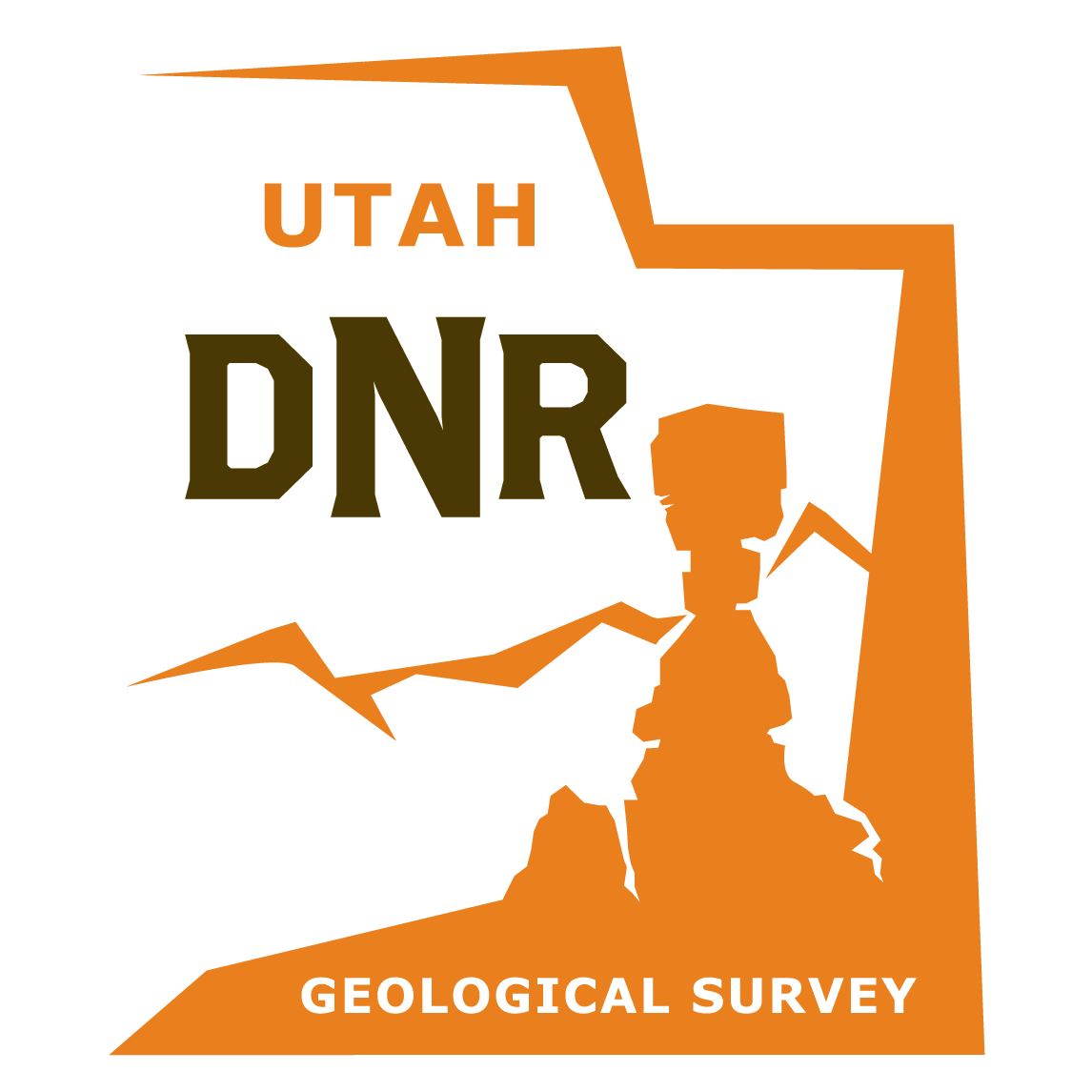 Geologic Information: The area around Cascade Springs is underlain by coarse-grained glacial sediment deposited when glaciers covered high elevations of the Wasatch Range approximately 30,000 to 10,000 years ago.
Geologic Information: The area around Cascade Springs is underlain by coarse-grained glacial sediment deposited when glaciers covered high elevations of the Wasatch Range approximately 30,000 to 10,000 years ago.
Beneath the glacial deposits, bedrock consists of Cambrian-age (about 500 million years old) quartzite, shale, sandstone, and limestone. These rocks were transported eastward 30 to 50 miles during low-angle faulting on the Charleston-Nebo thrust fault around 80 million years ago. As a result of the faulting, the bedrock in the vicinity of the springs is tilted and highly fractured.

 Through the use of computers and the Internet, and virtual globes such as Google Earth, we now have a way around the inherent limitations of depicting the third dimension on a standard paper geologic map. To help users gain this 3-D advantage, the UGS created an overlay of the new geologic map of the St. George 30′ x 60′ quadrangle in southwest Utah. This 3-D visualization brings the map to life, dramatically showing the relationship between geology and topography. A virtual field trip for the St. George 30′ x 60′ quadrangle, which uses placemarks to highlight selected geologic features, was also created.
Through the use of computers and the Internet, and virtual globes such as Google Earth, we now have a way around the inherent limitations of depicting the third dimension on a standard paper geologic map. To help users gain this 3-D advantage, the UGS created an overlay of the new geologic map of the St. George 30′ x 60′ quadrangle in southwest Utah. This 3-D visualization brings the map to life, dramatically showing the relationship between geology and topography. A virtual field trip for the St. George 30′ x 60′ quadrangle, which uses placemarks to highlight selected geologic features, was also created.
 Around 11:30 a.m. on April 11, 2009, a rock fall impacted the area of 1500 North and 1550 East in Provo, Utah.
Around 11:30 a.m. on April 11, 2009, a rock fall impacted the area of 1500 North and 1550 East in Provo, Utah.
